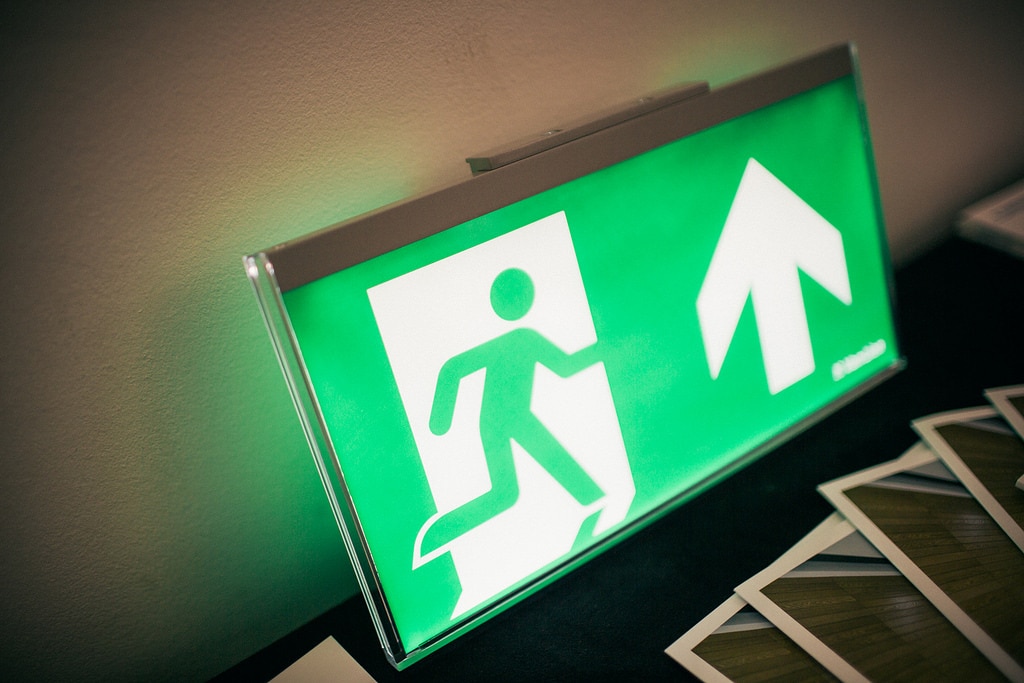Fire safety in the workplace is crucial for protecting lives, property, and business continuity. An essential component of fire safety is conducting fire risk assessments, which identify potential hazards, evaluate risks, and implement measures to mitigate them. This article explores the importance, legal requirements, and steps involved in conducting effective fire risk assessments in the workplace.
1. Importance of Fire Risk Assessments
Protecting Lives and Property
The primary goal of fire risk assessments is to protect employees, visitors, and the workplace from fire hazards. By identifying potential sources of ignition, flammable materials, and vulnerable areas, businesses can take preventive measures to reduce the likelihood of fires and ensure swift evacuation if one occurs.
Legal Compliance
In the UK, the Regulatory Reform (Fire Safety) Order 2005 mandates that employers, owners, or occupiers of business premises conduct regular fire risk assessments. Non-compliance can lead to severe penalties, including fines and imprisonment, making adherence to these regulations both a legal and ethical responsibility.
Business Continuity
Fires can cause significant disruption, damage, and financial loss. A well-conducted fire risk assessment helps in developing a robust fire safety plan that minimizes business interruptions and ensures quick recovery, thereby safeguarding the continuity of operations.
2. Legal Requirements and Responsibilities
Regulatory Reform (Fire Safety) Order 2005
Under this order, the “responsible person” (employer, building owner, or occupier) must:
Conduct Regular Assessments: Regularly assess fire risks and update findings.
Implement Precautions: Take adequate fire safety measures based on the assessment.
Review and Update: Regularly review the fire risk assessment, especially after significant changes to the premises or workforce.
Fire Safety Plan
The responsible person must also develop a comprehensive fire safety plan, including:
Emergency Evacuation Procedures: Clear guidelines for safe evacuation.
Firefighting Equipment: Placement and maintenance of fire extinguishers, alarms, and sprinklers.
Training: Regular fire safety training and drills for employees.
3. Steps to Conduct a Fire Risk Assessment
Step 1: Identify Fire Hazards
Identify sources of ignition (e.g., electrical equipment, heaters), fuel (e.g., paper, chemicals), and oxygen sources that could contribute to a fire. Look for potential hazards in all areas, including storage rooms, kitchens, and workshops.
Step 2: Identify People at Risk
Determine who might be at risk in the event of a fire. This includes employees, visitors, and contractors, with special attention to those with disabilities, night-shift workers, or those working in isolated areas.
Step 3: Evaluate Risks and Remove or Reduce Hazards
Assess the likelihood and potential impact of identified hazards. Implement measures to eliminate or minimize risks, such as removing combustible materials, installing fire-resistant doors, and ensuring proper maintenance of electrical equipment.
Step 4: Record Findings and Implement Measures
Document the findings of the assessment and the actions taken to mitigate risks. Ensure that all fire safety measures, such as alarms, extinguishers, and evacuation plans, are clearly communicated to staff and prominently displayed.
Step 5: Review and Update Regularly
Regularly review the fire risk assessment, especially after changes to the building, workforce, or processes. Update the fire safety plan to reflect new risks or improvements in fire safety measures.
4. Practical Tips for Effective Fire Risk Assessments
Involve Employees
Engage employees in the fire risk assessment process. They can provide valuable insights into potential hazards and help in identifying practical solutions. Regular training and fire drills also keep employees prepared and aware of their roles in an emergency.
Use Professional Services
Consider hiring professional fire risk assessors for a comprehensive evaluation, especially for large or complex premises. They bring expertise and objectivity, ensuring that no critical risks are overlooked.
Maintain Clear Documentation
Keep detailed records of all assessments, actions taken, and training conducted. This documentation is essential for demonstrating compliance during inspections and audits.
Stay Updated on Regulations
Fire safety regulations can change. Stay informed about the latest requirements and best practices to ensure ongoing compliance and optimal fire safety in the workplace.
5. Conclusion
Fire risk assessments are a vital aspect of workplace safety, aimed at preventing fires and protecting lives and property. By identifying hazards, evaluating risks, and implementing effective fire safety measures, businesses can create a safe environment for employees and visitors. Regular reviews and updates ensure that the workplace remains compliant with legal requirements and prepared for any fire-related emergencies. Prioritizing fire safety through thorough risk assessments not only fulfills legal obligations but also contributes to the overall well-being and security of the workplace.




